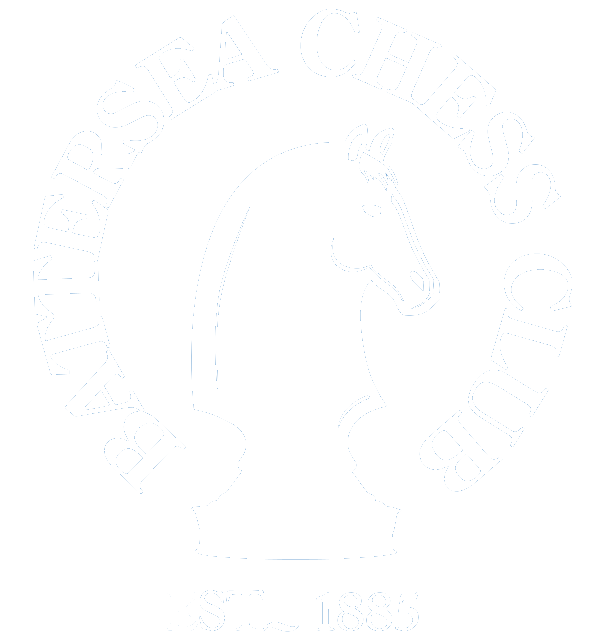Although the game of chess has remained unchanged for hundreds of years, the next step in its evolution could be virtual reality (VR).
Imagine playing with a friend from overseas in any location, like Paris or London, in a fully immersive environment. As has actually been noted with specific regard to its potential in chess, VR creates artificial sensory experiences including sight, touch, hearing, and even smell. But, while current iterations of VR chess provide for a relatively limited interactive environment, advancements in portable VR headsets will allow future versions of the game to feature realistic and fully engaging environments and players. But, how is current VR technology improving the user experience and transforming the game of chess?
Immersive Environments
VR already provides complete, interactive environments for games, such that rather than playing on a two-dimensional screen, the user experiences a game in an immersive, fully three-dimensional world, where he or she can look around and interact with elements of the simulation. For a game like chess, VR will ultimately represent a huge step up from playing on a computer or mobile device. Beyond basic immersion, too, it’s worth noting that chess has a certain advantage for the medium in that it doesn’t require much in the way of manual dexterity, quick reflexes, or locomotion.
We only need to look at board games and casino slots as prime examples of similarly simple games that can thrive in VR. Already these types of games have evolved in the last 10 years to offer more interactive experiences. Board games now exist in mobile app form and allow for online multiplayer experiences; digital slot machine arcades now come with a massive variety of themes and animations. And these advancements are essentially serving as foundations for VR adaptation. The games remain very simple in that, as mentioned, they don’t require movement or complex controls – but features like online multiplayer or casino slot animations provide competitive elements and surrounding settings that add up to potentially engaging VR.
New Worlds
Chess can follow a similar path to those described above. Inherently competitive, like board games, it’s merely in need of new worlds and exciting visual elements, as have been added to slot games. And we’re already starting to see this done, in some cases. For example, the Dungeon and Dragons universe’s foray into VR is not about exploration, adventure and fighting monsters (as one might have expected) – it’s about playing chess. “Dungeon Chess” is based on the classic creatures from the popular D&D gaming universe and includes dragons, elves, knights, beholders and more, all in the place of traditional chess pieces. They’re all fully animated and showcase their various powers during the game (dragons play the part of the queen and breathe fire, beholders stand in as rooks and blast death rays, etc.). The playing environments also include customisable rooms with some interactive elements off the board.
Beyond these engaging design elements, the game includes both single and multiplayer modes, enabling chess players to battle against a computer AI or friends from around the world. The game also takes advantage of new VR headsets and controllers to provide players with tactile feedback when they grab chess pieces, making for a more physical experience. And as alluded to before, pieces come to life when they take on opponents or defend positions (think Wizard’s Chess, Harry Potter fans).
This experience right now is more or less one of a kind, but it demonstrates that we can add chess to board games and casino games as another simple, yet timeless classic with real potential in VR. The ability for this technology to make the game feel realistic, keep it competitive, and yet make it happen within a whole, immersive world, should be exciting for every chess player – and may even serve to get more people interested in the game!


